Endurance Classes Tick Everyone Off
Indoor cycling endurance classes are a lose-lose situation. Low-intensity, steady-state classes are hated by your fitness enthusiast (or non-outdoor rider), and the fact that you attempt to deliver an endurance class to your outdoor riders within 60 minutes is just enough to tick them off. Instructors that try to force these mind-numbing, ineffective classes down riders’ throats will receive the same response as parents telling children to eat some nasty-tasting food because it is good for them. Some of you right now are possibly confused, stunned, angry, unfriending me from Facebook… What in the name of Keep it Real is Tom talking about?!Read more…


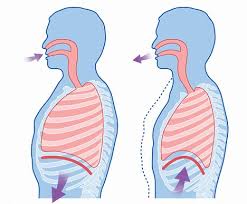

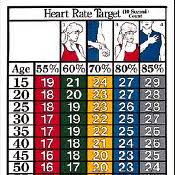
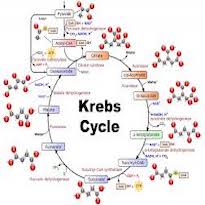
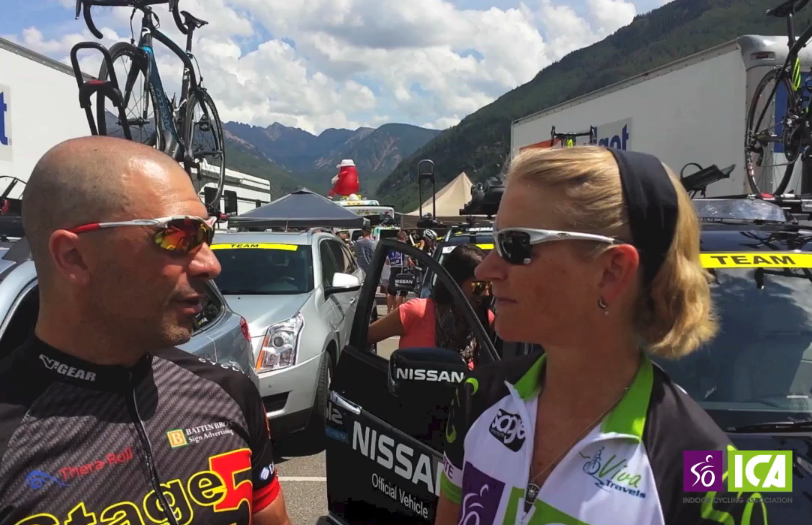
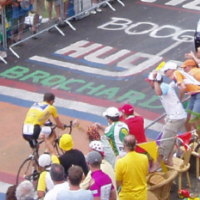
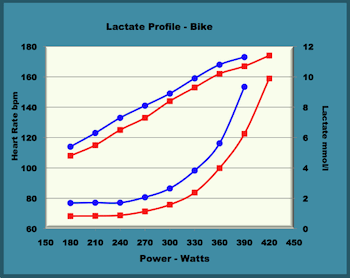

 I conducted the second field test midway through a 12-week periodized cycling clinic this morning. One student came up with a HR that was slightly lower than the first test, but had big swings in her HR throughout the test. She was confused, as many students would be. Here is how I answered her question and gave her goals to work toward, helping her understand how she can improve the next time we do this field test in 5 weeks.
I conducted the second field test midway through a 12-week periodized cycling clinic this morning. One student came up with a HR that was slightly lower than the first test, but had big swings in her HR throughout the test. She was confused, as many students would be. Here is how I answered her question and gave her goals to work toward, helping her understand how she can improve the next time we do this field test in 5 weeks.